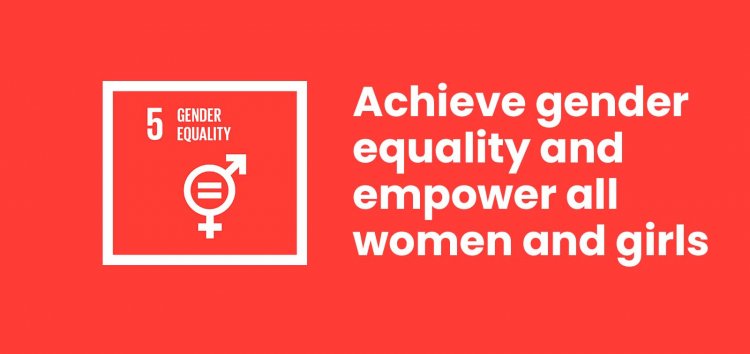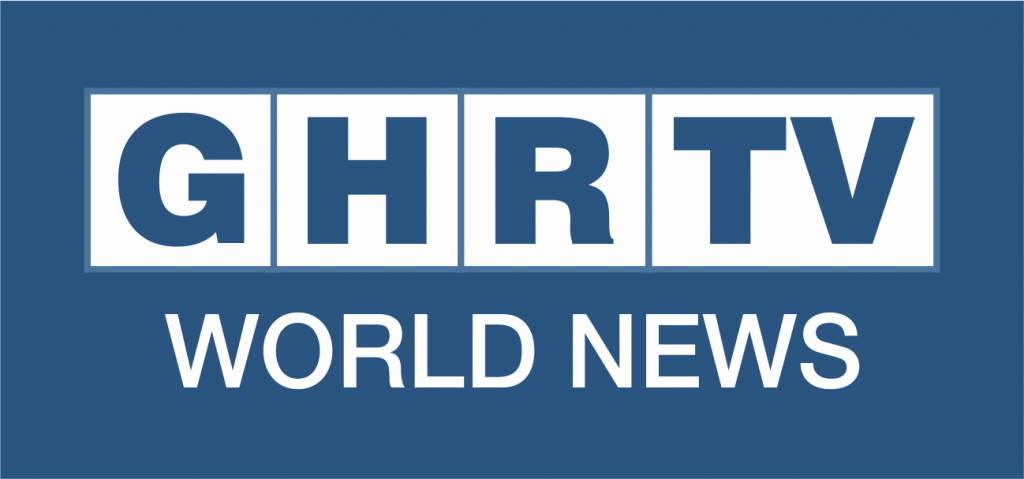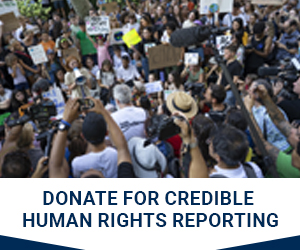The gender snapshot 2023: alarming data insights on the progress of SDG 5

12-09-2023
Roza Cseby
Women’s Rights Researcher,
Global Human Rights Defence.
The annual “Progress on the Sustainable Development Goals: The gender snapshot 2023” jointly prepared by the UN Women and the UN DESA (UN Department of Economic and Social Affairs) was published on the 7th of September, marking the midpoint of the 2030 Agenda's journey towards its completion. The report provides a comprehensive analysis of gender equality progress across all the 17 Sustainable Development Goals (SDGs) (UN Women, 2023). However, due to the length of the report, this article mainly focuses on SDG5, the gender equality goal, and its sub-goals after presenting the main findings of the report.
The main findings:
- An additional $360 billion annually is required to advance gender equality and empower women across crucial global objectives, such as eradicating poverty and eliminating hunger
- If current trends persist, more than 340 million women and girls will remain entrenched in extreme poverty by 2030. Achieving the no poverty goal by that year would require progress to accelerate at a rate 26 times faster
- 1 in 4 women and girls are expected to be moderately or severely food insecure by 2030
- Despite significant progress in maternal mortality (one-third decline between 2000-2020), progress halted since 2015
- Despite progress in legal frameworks, 54% of countries still lack laws in key areas of gender equality, such as equal rights to enter marriage and initiate a divorce
- With the estimation that the current trend continues, the next generation of women will still spend on average 2.3 more hours per day on unpaid care and domestic work than men
- Women in leadership positions are still underrepresented: globally women occupy only 26.7% of parliamentary seats, 35.5% in local government positions, and 28.2% of managerial roles in the workplace
- Currently, 380 million women and girls reside in areas characterised by severe or critical water stress. This figure is expected to surge to 674 million by 2050
- A critical surge is observed in the number of women living in conflict-affected contexts: 614 million women in 2022, 50% higher than the number in 2017
- Women are twice as prone to report instances of discrimination related to their gender and nearly twice as susceptible to experiencing discrimination based on their marital status compared to men.
- Gender equality programming remains inadequate: only 4% of total bilateral aid is dedicated to programmes where gender equality is the principal objective (UN Women & UN DESA, 2023)
“The world is failing women and girls”
Achieving gender equality by 2030 is clearly an unrealistic goal. Although the report doesn’t state this explicitly, it suggests it. Globally, none of the SDG 5 indicators has reached the "target met or almost met" level and the lack of data is a huge hindrance to achieving SDGs. More than eighty countries are missing data for at least one SDG 5 indicator (UN Women & UN DESA, 2023, p. 12).
The report identified the following problems as obstacles to achieving the SDG 5 targets: discriminatory legislation, the lack of identifying the root causes of gender-based violence, the lack of gender-equitable division of unpaid domestic work, the underrepresentation of women in leadership positions, the lack of universal access to sexual and reproductive health and rights (SRHR), and the lack of comprehensive recognition of intersectional forms of discrimination (UN Women & UN DESA, 2023, p.14-15).
Speaking of discriminatory legislation, based on available data for 120 countries, 28 still do not have laws granting women equal rights to enter marriage and initiate divorce. 67 countries lack laws that prohibit direct and indirect discrimination against women, and in 53 countries, the law does not mandate equal remuneration for work of equal value. Furthermore, as far as SRHR is concerned, only 56% of married or in-union women aged 15 to 49 make their own choices regarding bodily autonomy (UN Women & UN DESA, 2023, p.14-15).
What are the reasons for no or slow progress?
Resistance in legislation and chronic underinvestment as well as lack of data from several countries are key factors of slow progress. What is more, without gender mainstreaming policies that specifically target gender equality objectives, the program can exacerbate existing gender inequalities instead of mitigating them. The report gives the example of employment generation. Without gendered focus objectives, supporting job creation for all may fail to address biased social norms and childcare needs that prevent women from participating in the labour force. Thus, the resulting employment benefits, if any, will inevitably be unfair, and favour men’s job opportunities. At the midpoint moment of the Agenda 2030, it is imperative that financing for development places a paramount focus on policies and initiatives dedicated to narrowing gender disparities and fostering the empowerment of women and girls (UN Women & UN DESA, 2023, p. 13).
According to the report, to attain gender equality in critical domains, such as the eradication of poverty and hunger and the promotion of equitable women's participation in society by 2030, an approximate annual sum of $6.4 trillion is required across 48 developing nations. This investment would encompass almost 70 percent of the population in these developing countries. However, the present course of government spending is anticipated to result in a yearly deficit of $360 billion if it remains unchanged (UN Women & UN DESA, 2023, p. 13).
Sources and further readings:
UN Women & UN DESA (2023). Progress on the Sustainable Development Goals: The gender snapshot 2023. Retrieved on 12 September, 2023 from https://www.unwomen.org/sites/default/files/2023-09/progress-on-the-sustainable-development-goals-the-gender-snapshot-2023-en.pdf
UN Women (2023). Progress on the Sustainable Development Goals: The gender snapshot 2023. Retrieved on 12 September, 2023 from https://www.unwomen.org/en/digital-library/publications/2023/09/progress-on-the-sustainable-development-goals-the-gender-snapshot-2023#:~:text=Publication%20year%3A%202023&text=If%20current%20trends%20continue%2C%20more,moderate%20or%20severe%20food%20insecurity.




 GHRTV
GHRTV 





























